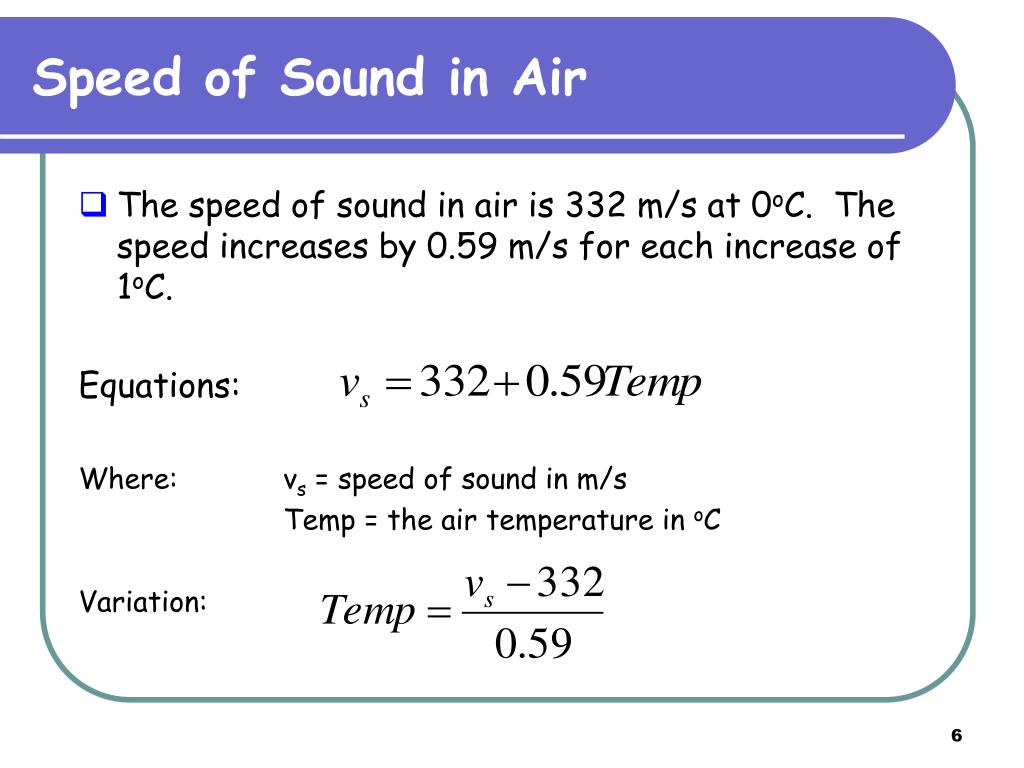
The sound field is computed via the wavenumber integration method. In addition, in each layer the sound speed is constant or pseudo-linear (the square of the wavenumber linearly varies) with respect to the water depth. In this article, the underwater region is assumed to be planar multi-layered, i.e., horizontally stratified and vertically divided into multiple layers. However, the approximation of SSP results in an error of sound field computation which needs to be evaluated. The Helmholtz equation can be computed using the wavenumber integration, and normal mode, , methods. ,, , where a general solution of the depth-dependent wave equation can be given. Planar multi-layered medium is considered in Refs. In order to simplify the sound propagation model, a linearly varied SSP can be considered. Therefore, a rapid sound field computation method is desirable. In particular, source localization problems usually require a vast number of sound propagation computations. However, simulating a high frequency wave in a long range involves a high computational cost. In order to simulate the sound propagation in a realistic medium with a complex sound speed profile (SSP), numerical methods, such as finite-difference, boundary-element, classical low-order finite-element methods or spectral-element method, can be used. Although in many cases the water column and the seabed can be reasonably assumed as horizontally stratified, the sound speed in the vertical direction typically varies in a broad range, affected by temperature, salinity, etc. The complex nature of sound speed is one of the main reasons, which may be inhomogeneous and imprecisely measured, ,,. The sound field forecast and source localization in underwater environments are challenging problems due to the complexity of the sound propagation medium. The precision analysis is able to guide the choice of optimal approximate model for different scenarios, which is a trade-off between the computational cost and the model accuracy. The efficiency of SSP linear approximation with various layer number (corresponding to different sound speed error) is quantified via transmission loss forecast (direct problem) and sound source localization error (inverse problem), respectively.
#SPEED OF SOUND UNDERWATER FULL#
In this paper, the sound propagation with a complex SSP is simulated via a full wave numerical approach, known as the spectral element method. Rapidly developing numerical techniques are currently able to accurately simulate the sound propagation in a complex configuration, such that the difference between a real case with a complex SSP and its approximation can be precisely quantified.

However, the error of SSP results in an inaccurate sound field computation, thus the model accuracy in terms of error propagation in both direct and inverse problems should be investigated.

This approximative model leads to a fast computation of the sound propagation. A relatively simple way is to approximate the SSP by assuming it as horizontally stratified, vertically multi-layered and linearly varied with respect to water depth in each layer. The wave equation for a complex sound speed profile (SSP) cannot be analytically solved and numerical solutions generally involve high computational costs.

Sound speed is one of the key sources of uncertainty in an underwater environment.


 0 kommentar(er)
0 kommentar(er)
